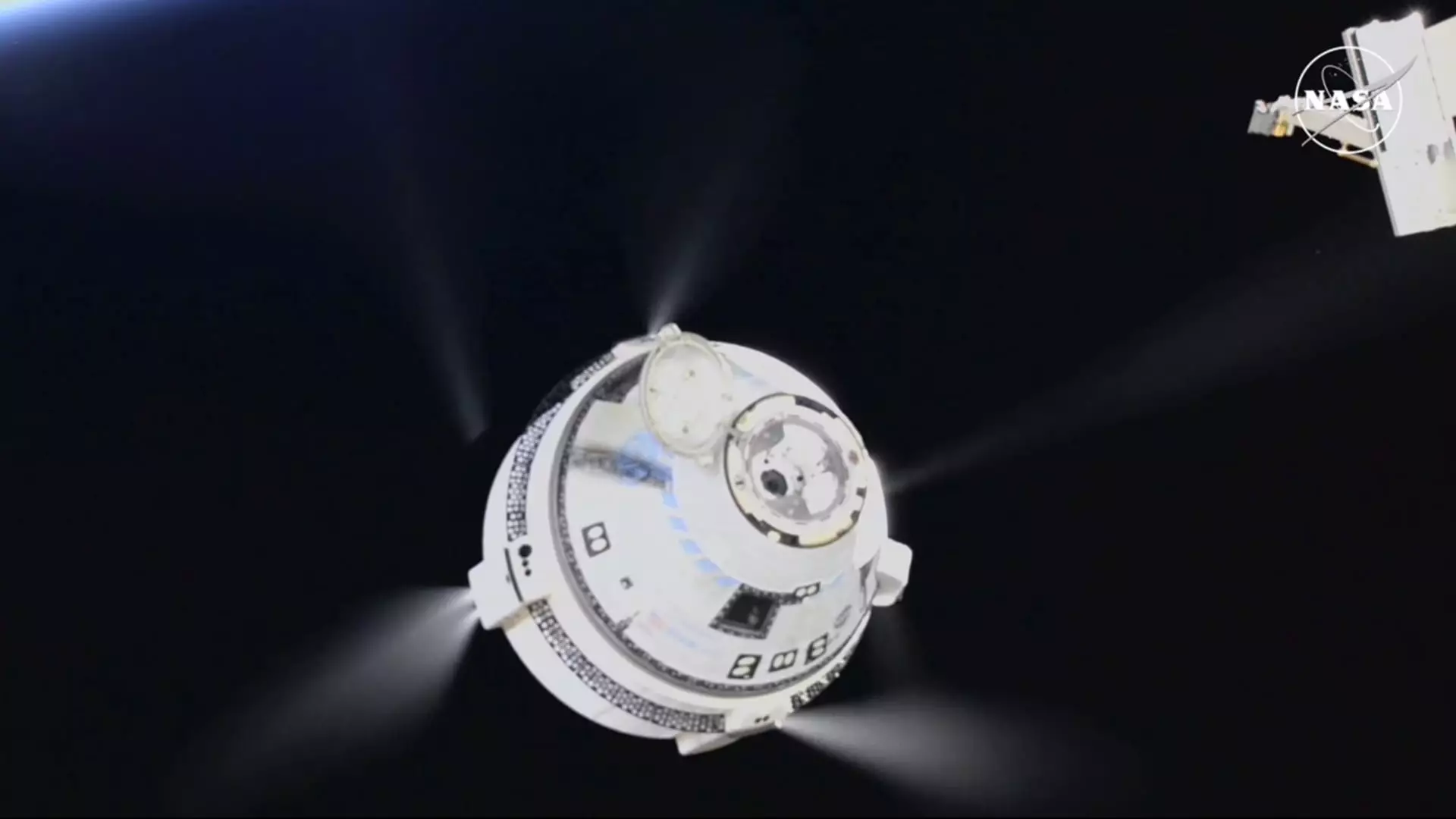Boeing’s Starliner recently undocked from the International Space Station after a lengthy stay that was not part of the initial plan. The spacecraft was meant to return to Earth earlier, after delivering two astronauts to orbit in June. However, due to multiple delays, NASA test pilots Butch Wilmore and Suni Williams remained at the ISS for several months. The return journey was finally initiated on Friday, with Starliner successfully touching down at White Sands Space Harbor in New Mexico.
The return of the Starliner capsule, named “Calypso,” marked the end of a test flight that lasted much longer than anticipated by NASA. The mission faced several challenges, including problems with the spacecraft’s propulsion system. Boeing had to delay the return multiple times to gather more data and investigate the thruster issue. Despite assurances from Boeing officials that Starliner was safe for the astronauts, NASA decided to send the capsule back empty to further understand the root causes of the problems.
Challenges for Boeing and NASA
The Starliner crew flight test was a critical milestone for Boeing and NASA’s Commercial Crew Program. The plan was to have both Boeing and SpaceX transporting astronauts to the ISS, providing redundancy and flexibility in crew missions. However, the setback with Starliner has jeopardized Boeing’s standing in the program. With over $1.5 billion in losses already incurred, Boeing’s future involvement with NASA could be in question.
The difficulties faced by Boeing with the Starliner mission have raised concerns about the overall progress of NASA’s Commercial Crew Program. Delays and setbacks can have a ripple effect, impacting future missions and collaborations with private aerospace companies. It is crucial for Boeing to address the issues with Starliner to regain NASA’s trust and confidence in its ability to deliver safe and reliable crew transportation services.
The problematic return of Boeing’s Starliner from the ISS has highlighted the challenges and setbacks that can occur in space exploration missions. NASA and its industry partners must work together to address issues promptly and ensure the safety and success of crewed missions to space. The lessons learned from the Starliner mission will be valuable in shaping the future of human spaceflight endeavors.


Leave a Reply